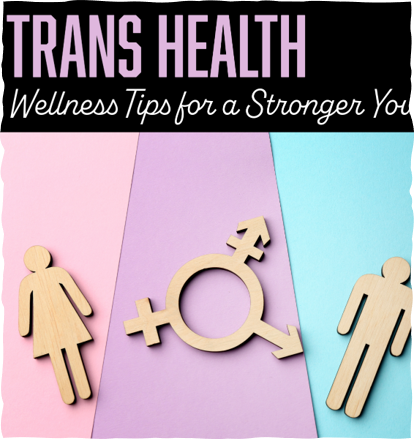Understanding Doxy PEP
A Prophylactic Approach to STI Prevention

In recent years, the conversation around sexual health and the prevention
of sexually transmitted infections (STIs) has gained significant attention.
Among the various strategies available, Post-Exposure Prophylaxis (PEP) has
emerged as a crucial tool in reducing the risk of STI transmission. In this
blog, we'll delve into the use of Doxycycline PEP (Doxy PEP), exploring what it
is, how it works, and its implications for sexual health.
What is Doxy PEP?
Doxycycline PEP, often referred to as "Doxy PEP," is a form of
prophylactic treatment used to reduce the risk of acquiring certain STIs after
potential exposure. Potential exposures would include condomless sex: meaning
oral, anal or vaginal/front hole sex.
It is sort of like the “morning after pill” for STIs. It involves taking
a course of antibiotics, specifically doxycycline, within 24 to 72 hours
following unprotected sexual contact or other high-risk sexual activities.
Taken as directed Doxy PEP can reduce the risk of getting syphilis and
chlamydia by approximately two-thirds. Doxy PEP may not be effective against
gonorrhea, as about 25% of gonorrhea in the United States has significant
resistance to doxycycline. Safer sex practices remain the best way to reduce
risk against STIs.
How Does Doxy PEP Work?
Doxycycline is a broad-spectrum antibiotic. When taken as PEP,
doxycycline works by targeting and inhibiting the growth of bacteria that may
have been transmitted during sexual contact, thereby reducing the likelihood of
infection.
How is Doxy PEP Administered?
Doxy PEP is typically administered as a short-term course of oral
antibiotics (200 mg), taken once within 24 to no later than 72 hours after a
risky sexual contact. You can take another 200 mg dose if you have unprotected
sex again within the next 24 hours. It's essential to follow the prescribed
dosage and duration of treatment as instructed by a healthcare provider to
maximize effectiveness and minimize the risk of antibiotic resistance.
Considerations and Side Effects
While Doxy PEP can be an effective tool in preventing STI transmission,
it's not without its considerations and potential side effects. Some important
points to keep in mind include:
Effectiveness:
While Doxy PEP
can reduce the risk of certain STIs, it may not provide complete
protection and should not be viewed as a substitute for other preventive
measures, such as condom use and regular STI testing. It does not protect
against MPOX (monkey pox), HIV or other viral infections, such as genital
herpes.
Side Effects:
Common side
effects of doxycycline may include gastrointestinal upset, nausea, and
sensitivity to sunlight. Make sure to take doxycycline with plenty of
water to reduce the risk of it getting stuck when you swallow and severely
irritating the esophagus. Avoid taking doxycycline within 2 hours of foods
or medications containing calcium (milk, calcium supplements, antacids or
multivitamins). Avoid over-exposure of sun or wear sunscreen with use.
Antibiotic
Resistance:
Overuse or misuse of antibiotics, including Doxy PEP, can
contribute to the development of antibiotic resistance, making it harder
to treat bacterial infections in the future. It's crucial to use
antibiotics judiciously and only when necessary. Doxy PEP may not be
effective against gonorrhea, as about 25% of gonorrhea in the United
States has significant resistance to doxycycline. Safer sex practices
remain the best way to reduce risk against STIs.
Conclusion
Doxycycline PEP (Doxy PEP) is an important component of comprehensive STI
prevention strategies, particularly in situations where there has been a
high-risk exposure to certain bacterial STIs. By understanding how Doxy PEP
works, its recommended use, and potential considerations, individuals can make
informed decisions about their sexual health and well-being. As always, open
communication with healthcare providers and adherence to recommended guidelines
are key to maximizing the effectiveness of Doxy PEP and promoting overall
sexual health.










